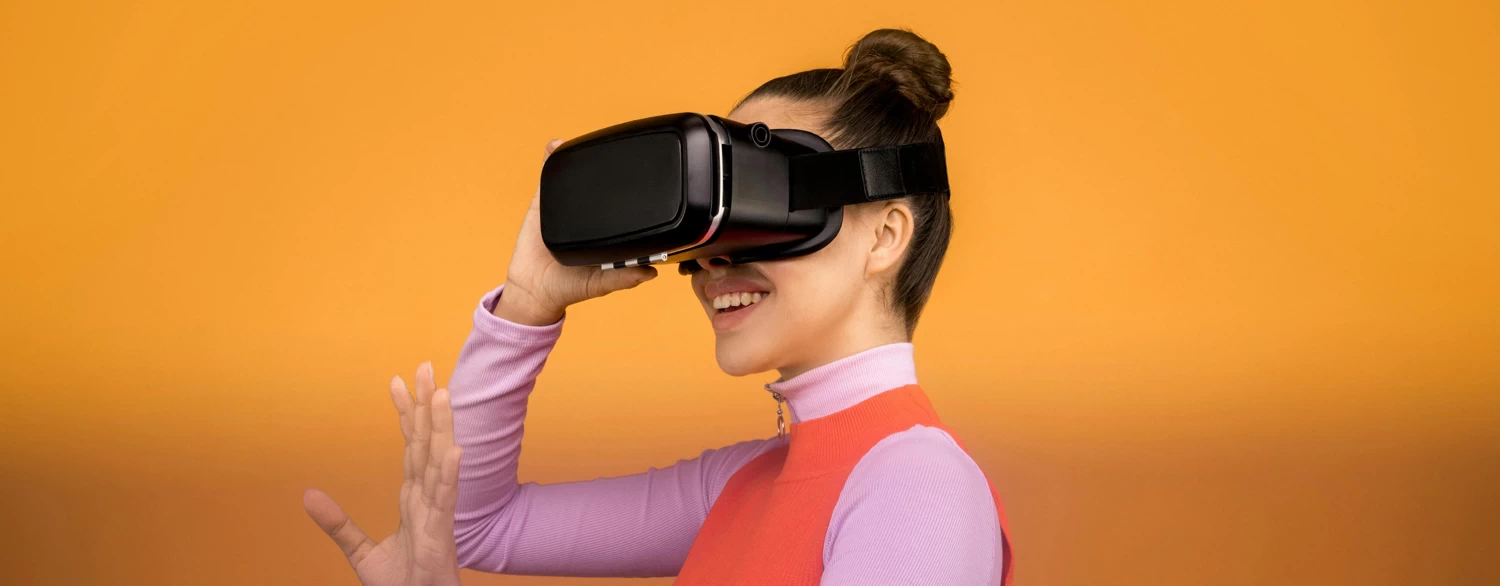Presentation
Virtual Reality (VR) is at this point not only for gaming or diversion. Its restorative potential has turned into a reference point of development, flagging tremendous changes in current medical care. Envision venturing into an existence where you can overcome fears, ease torment, and restore wounds — all without leaving your room. Welcome to the thrilling mix of VR in treatment exciting integration of VR in therapy.
Figuring out Virtual Experience in Treatment
Saddling VR’s true capacity in treatment includes understanding its mechanical spine and how it fills in as a helpful device.
The Innovation Behind VR Treatment

VR treatment includes equipment like headsets and programming that makes 3D reproductions. The headsets, intended to drench clients in a virtual climate, match with imaginative programming to mimic situations valuable for treatment. For example, programs recreating quieting scenes or reproducing uneasiness actuating circumstances are instrumental in controlled openness treatment. Peruse more about VR treatment equipment and programming Read more about VR therapy hardware and software.
Sorts of VR Encounters
VR treatment isn’t one-size-fits-all. It ranges from vivid, non-vivid, and increased reality encounters. Vivid VR completely puts the client in a carefully delivered world, ideal for treating fears or PTSD. Non-vivid VR, frequently utilizing screens and controls, assists with situational practices like acquiring new abilities. The expanded reality, then again, mixes the computerized with this present reality, helping patients in overlaying survival techniques onto ongoing encounters.
Utilizations of VR in Current Treatment
VR’s adaptability implies it tends to be applied in various restorative regions, from emotional wellness to actual recovery.
VR for Mental Health Conditions
Virtual reality offers promising roads for treating psychological wellness issues and mental health disorders. For instance, VR openness treatment (VRET) effectively treats PTSD bit by bit presenting patients with injury-related signs inside a controlled virtual setting. VR likewise supports treating tension problems and fears, permitting patients to face fears in a protected climate. Investigate more about VR and emotional wellness Explore more about VR and mental health.
VR in Actual Recovery
In active recuperation, VR helps recuperation by making practices fun and locking in. For stroke survivors or those recuperating from actual wounds, VR gives a gamified experience, empowering versatility and improving coordinated movements in a manner customary techniques may not. The capacity of VR to adjust activities to individual headway makes it a significant device in restoration.
Advantages of VR Treatment
The utilization of VR in treatment offers a few advantages that conventional strategies can’t imitate.
Expanded Patient Commitment
Vivid VR encounters can prompt better commitment. Patients are bound to draw in with intelligent substance, making treatment meetings more powerful. The curiosity and intelligence of VR could feel like a game, however, its helpful effect is significant, frequently expanding patient inspiration.
Customized Helpful Intercessions
VR empowers advisors to fit meetings explicitly to the patient’s necessities. By changing situations and difficulties, experts can guarantee individualized care, in this way upgrading treatment’s viability. This customization takes into consideration an exceptionally private remedial excursion.
Difficulties and Impediments of VR Treatment
Notwithstanding its advantages, VR treatment faces a few obstacles that should be recognized.
Specialized Obstructions and Openness
One test is the expense of VR innovation, making it unavailable for some. Besides, the two patients and specialists require a degree of specialized information to work with VR frameworks. Beating these obstructions is critical for more extensive reception.
Moral Contemplations
Moral issues encompassing VR treatment incorporate worries about quiet well-being inside virtual conditions and information security. Guaranteeing secure meetings and safeguarding touchy patient information are fundamental parts of moral VR treatment.
FAQs
1. What is VR treatment?
- VR treatment utilizes computer experiences to support treating mental and states of being.
2. How does VR treatment assist with fears?
- VR securely opens patients to fear-inciting upgrades, continuously desensitizing them.
3. Is VR treatment powerful for PTSD?
- Indeed, research shows a triumph rate somewhere in the range of 66% and 90% when VR is utilized close by customary treatments.
Conclusion
Computer-generated reality addresses an extraordinary road in treatment, combining development with care to give exceptional mending encounters. As VR innovation keeps on advancing, its true capacity in the helpful circle just increases. In spite of the fact that difficulties arise, proceeding with innovative work is fundamental to outfit VR’s abilities in clinical settings completely. Investigate more about the eventual fate of VR treatment Explore more about the future of VR therapy.

